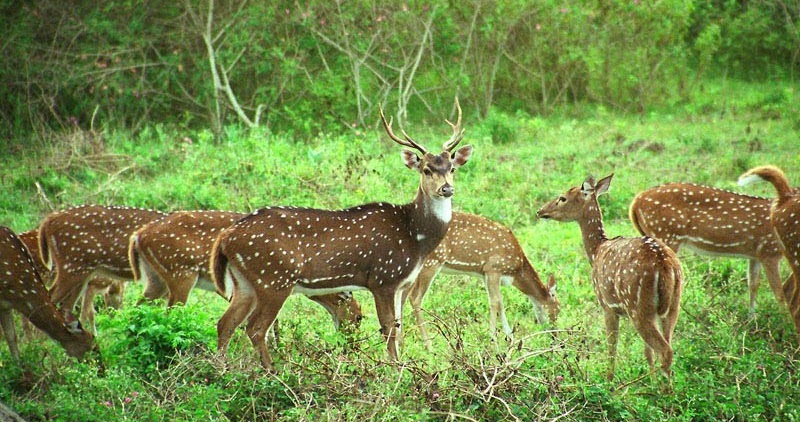Nanda Devi National Park - Auli
About Nanda Devi National Park
In the region of Nanda Devi (7817 m), the second most noteworthy top in India, is arranged the Nanda Devi National Park, which has probably the most special high height widely varied vegetation on the planet. The terrific perspectives, sylvan condition, and lavishness of biosphere make it very not the same as the other untamed life asylums of India. The recreation center has been announced a World Heritage Site by UNESCO and In its region are the Valley of Flowers, Badrinath Temple, and Hemkund Sahib.
In spite of the fact that the recreation center was informed just in 1982, it has a long history. W.W. Garden was the primary individual to achieve this locale in 1883, however his undertaking to the Nanda Devi Peak neglected to make any effect. In 1936, Tilman and N.E. Odell scaled the Nanda Devi and opened its vista for others to take after. This prompted the area turning into a diversion asylum in 1939. The territory of the recreation center stayed undisturbed until the point that 1950's when sorted out endeavors for Nanda Devi began. To spare the recreation center from these unsettling influences, the Government of India pronounced the area a National Park in 1982 and later it was given the unique status of a Biosphere Reserve.
Area of Nanda Devi National Park
The Nanda Devi National Park is situated in the Indian province of Uttaranchal in the upper Himalayan reaches. A piece of the Garhwal Himalayas, the recreation center stretches out from the scope 30°24' in the North to the longitude 79°53' in the East. The section to the recreation center is from Lata town around 23 km from Joshimath. Mountain crests encompass it from all sides with the exception of the west where it is limited by an unavailable canyon.
Best Time To Visit
Being in the high elevations, Nanda Devi National Park has an unmistakable atmosphere. For a half year of the year, the district stays under a snow cover. For whatever remains of the year, the locale has a dry atmosphere with overwhelming precipitation from June to August. April to June is the month when the temperature expands a bit and they are the months when one can visit this place.
Tourist Attractions
FloraThe backwoods cover in this stop is for the most part limited to the Rishi Gorge and the fundamental vegetation is of fir, birch, rhododendron, and juniper. In the inward haven, conditions are drier and close to the Nanda Devi Glacier, there is no vegetation. From Ramani, the vegetation changes to high and just juniper cleans are the ruling vegetation. The Juniper scours step by step offer approach to grasses, inclined greeneries, and lichens. Altogether, 312 flower species have been found here of which around 17 are viewed as uncommon.
FaunaCreature populace of species like bharal, Himalayan tahr, serow, goral, snow panther, Himalayan mountain bear, darker bear, panther, langur, Himalayan musk deer, and dark colored brew rule the recreation center territory. Larks, gresbreaks, rose finches, and ruby throat speak to avifauna here. Roughly 80 species have been seen in this stop.
How to Reach Nanda Devi National Park
Via AirThe closest air terminal is at Jolly Grant at Dehradun at a separation of around 295 km from the Nanda Devi National Park. There are general flights to Delhi from this airplane terminal.
By RailThe closest railhead is Rishikesh at a separation of 276 km. Rishikesh is agreeable by a metalled street from Joshimath .
By RoadMetalled streets are there till Joshimath from where one needs to trek to achieve this place. The place is blocked off for a half year of the year and it is just in summers that treks to this locale can be sorted out.
